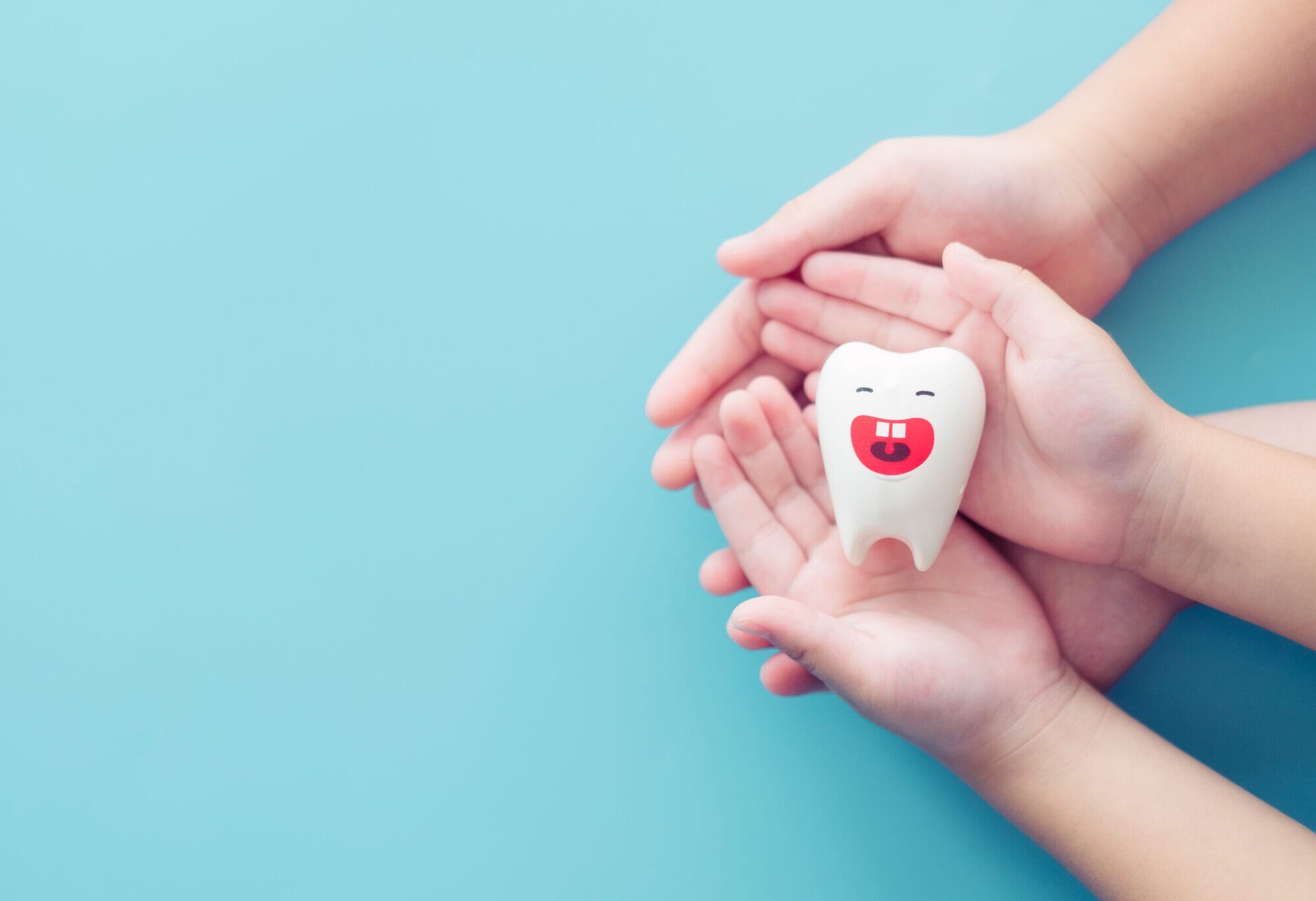Lip Ties in Kids: Impact on Eating, Speech, and Oral Development
Resource Hub: For Kids, Adults, Parents & Therapists
Lip Ties in Kids: Impact on Eating, Speech, and Oral Development

Authored by: The DrSensory Editorial Team
Reviewed by: 🛡️ DrSensory Clinical Review Board
Last updated: August 2025
1 of 7 / Overview
Lip Ties in Kids: Impact on Eating, Speech, and Oral Development
A lip tie occurs when the upper lip is connected too tightly to the gum by a piece of tissue called the labial frenulum. While often overlooked, lip ties can significantly affect a child’s ability to nurse, eat, speak, and maintain oral hygiene— especially when left untreated.
At DrSensory, we go beyond simply identifying lip ties. Our recommended speech therapists take a whole-child approach, connecting dental anatomy with speech development, feeding, and oral-motor function to ensure your child thrives long term.

2 of 7 / Signs & Symptoms
Lip ties often go undiagnosed until problems with feeding, speaking, or oral hygiene become apparent. Here are common signs to watch for in babies, toddlers, and young children:
In Infants:
- Difficulty latching during breastfeeding
- Clicking sounds or slipping off the breast
- Gassiness or colic-like behavior
- Poor weight gain
- Frustration during feeding
In Older Children:
- A visible band of tissue between lip and gums
- Difficulty brushing upper front teeth
- Speech delays or unclear articulation
- Avoidance of certain food textures
- Frequent cavities on upper front teeth
- Gap between upper front teeth
3 of 7 / Causes & Risks
Lip ties are congenital, meaning they are present at birth. In many cases, they occur alongside tongue ties and may have a genetic link.
Potential Risks if Left Untreated:
- Breastfeeding difficulties for both baby and mother
- Delayed speech development
- Feeding aversions or picky eating
- Mouth breathing, which can impact oral and facial growth
- Orthodontic issues, such as misalignment or spacing
- Increased risk of cavities and poor oral hygiene habits
4 of 7 / Diagnosis & tests
Lip ties are diagnosed through physical examination — but that’s only part of the picture. At DrSensory, we conduct a comprehensive assessment that includes:
- Lip mobility evaluation
- Feeding assessment (infants)
- Oral-motor function screening
- Speech and articulation review (for toddlers and children)
- Collaboration with lactation consultants, pediatric dentists, or ENTs, if needed
The goal is to determine how the lip tie is affecting function, not just how it looks.
5 of 7 / Care & treatment
Treatment for a lip tie depends on its severity and how much it interferes with daily function. Our approach typically includes:
Frenectomy
A quick, minimally invasive procedure (often laser-based) that releases the tight tissue. Can be done in-office for infants and children.
Speech or Feeding Therapy
Post-release therapy is essential to retrain lip movement, normalize oral function, and eliminate compensatory patterns. Therapy may involve:
Lactation or Bottle-Feeding Support
In infants, referrals to certified lactation consultants or feeding therapists is useful to ensure a smooth transition post-release.
6 of 7 / Living With
The earlier a lip tie is diagnosed and addressed, the easier it is for children to develop healthy eating, breathing, and speaking patterns. Many children adapt to lip ties — but that doesn’t mean they aren’t compensating in ways that could lead to issues down the line.
After treatment, families may notice:
- Better latch and feeding (in infants)
- Improved speech clarity
- Reduced mouth breathing
- Easier brushing and flossing
- Better facial development and posture
With the right intervention, your child can move forward without restrictions — and without lasting effects.

7 of 7 / related reading
More on Pediatric Dental & Oral Development

- Tongue Ties in Babies and Children
- Tooth Grinding in Children: Causes, Treatments, and Long-Term Effects
- Lip Ties in Kids: Impact on Eating, Speech, and Oral Development
- Why Discolored Teeth in Kids Could Signal an Underlying Issue
- Is Your Child’s Tooth Sensitivity a Sign of Something More?
- Jaw Clicking and TMJ in Teens: What Parents Need to Know
Frequently Asked Questions
What is a lip tie in babies and children?
A lip tie occurs when the upper lip is connected too tightly to the gums by the labial frenulum. This can restrict lip movement and may affect feeding, speech, and oral development.
How can a lip tie affect breastfeeding and bottle-feeding?
Lip ties can make it difficult for babies to form a proper seal while feeding, leading to poor latch, prolonged feeding times, gas, reflux, and even slow weight gain.
Can a lip tie cause speech delays or difficulty in toddlers?
Yes, severe lip ties may impact how a child forms certain sounds due to restricted lip movement. This can contribute to delayed speech development or articulation challenges.
How do I know if my child has a lip tie?
Signs of a lip tie include a tight band of tissue between the upper lip and gums, difficulty flanging the lip during feeding, gapping between front teeth, or speech and eating struggles. A pediatric dentist or feeding specialist can perform an assessment.
What is the treatment for a lip tie in children?
Lip tie treatment usually involves a simple procedure called a frenectomy, where the tight tissue is released using a laser or scissors. This can improve feeding, speech, and oral function.
Is it necessary to treat a lip tie in all cases?
Not always. Some mild lip ties don’t interfere with function and may not require treatment. If the tie is causing feeding, speech, or dental problems, evaluation and treatment may be recommended.
Find a Therapist near you
Are you looking for a physical, occupational, or speech therapist in your area?
Look no further than the DrSensory Therapist Database and Clinic Directory!
Find a Therapist
Find the physical therapist, occupational therapist, or speech language pathologist you’re looking for!
Ask Us Anything
Whether you are looking for advice, have a general question about sensory processing, or looking for resources.
Submit Your Story
Share your story about your child. Let’s celebrate milestones and learn more about challenges.
Glossary
Lip Tie
A condition where the upper lip is abnormally attached to the gums by a tight or thick labial frenulum, limiting normal lip movement.
Labial Frenulum
The small strip of tissue connecting the inside of the upper lip to the gum above the upper front teeth. In lip ties, this tissue is overly restrictive.
Frenectomy
A quick surgical procedure used to release a tight frenulum (lip tie or tongue tie) to improve oral function. It can be performed using a laser or surgical scissors.
Latch
The way a baby attaches to the breast or bottle nipple during feeding. A poor latch caused by a lip tie can lead to feeding difficulties and discomfort.
Oral Function
Refers to how the mouth works for essential tasks like sucking, swallowing, chewing, and speaking. Lip ties can interfere with these functions in infants and children.
Midline Oral Restriction
A collective term for tight oral tissues like lip ties and tongue ties that can impact feeding, speech, and development. Often evaluated in infants with feeding issues.












































































